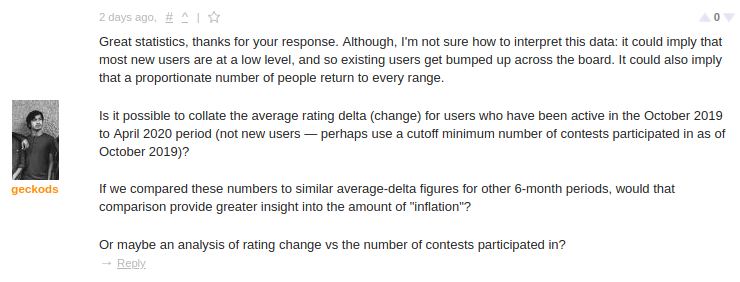Part 1: [Tutorial] My way of understanding Dinitz's ("Dinic's") algorithm
Part 2: [Tutorial] Minimum cost (maximum) flow
Part 3: [Tutorial] More about minimum cost flows: potentials and Dinitz
Introduction
There is a section in our ICPC notebook from 2019 called "min cost dinic". This blog started as an attempt to dissect what was written in there and understand why it works. In time, I needed to refer to many general ideas about flow, so it developed into a more general treatment of (min-cost) flow problems and spawned an entire separate blog about maximum flow and Dinitz. Even after splitting the blog, this blog was still too long, so I split it yet again. This blog will deal with the basic ideas of minimum cost flow; there will be a part 3, where I will generalize to a Dinitz-like algorithm and also talk a bit about something called potentials.
This blog is somewhat more technical and formal than I would ideally write, but there is a reason: there are things that one might overlook if they were not careful, and it is easy to gloss over something important. I remember well some misconceptions I used to have about flow back in the day. These algorithms are "fragile" — I don't mean that in a negative way, but they exist because a number of interesting facts come together, and being too informal may mean that we don't fully appreciate just how incredible it is.
Definition 1. Given a flow network $$$(G, c, s, t)$$$ and a cost function $$$a \colon\, E \to \mathbb{R}$$$ (in the following I will abbreviate this to "given a flow network $$$(G, c, a, s, t)$$$") the cost of a flow $$$f$$$ in $$$G$$$ is
The minimum cost maximum flow problem is to find a flow $$$f$$$ in $$$G$$$ such that the value of the flow is maximized, and among all possible solutions with maximum value, to find the one with minimum cost.
The aim of this blog is to prove the correctness of the "classical" minimum cost maximum flow algorithm (I have no idea if it has a name...):
Algorithm 2. Given a flow network $$$(G, c, a, s, t)$$$ without negative cycles.
- Initialize $$$f$$$ by setting $$$f(e) \gets 0$$$ for all edges.
- While $$$t$$$ is reachable from $$$s$$$ in $$$G_f$$$:
-
- Let $$$P$$$ be a shortest path from $$$s$$$ to $$$t$$$.
-
- Let $$$\gamma$$$ be the minimum capacity among the edges of $$$P$$$ in $$$G_f$$$.
-
- Define $$$\Delta f$$$ by putting $$$\gamma > 0$$$ flow on every edge in $$$P$$$.
-
- Let $$$f \gets f + \Delta f$$$.
- Return $$$f$$$.
Here and in the following, "shortest path" always means shortest with respect to edge costs (and not number of edges like in Edmonds-Karp).














